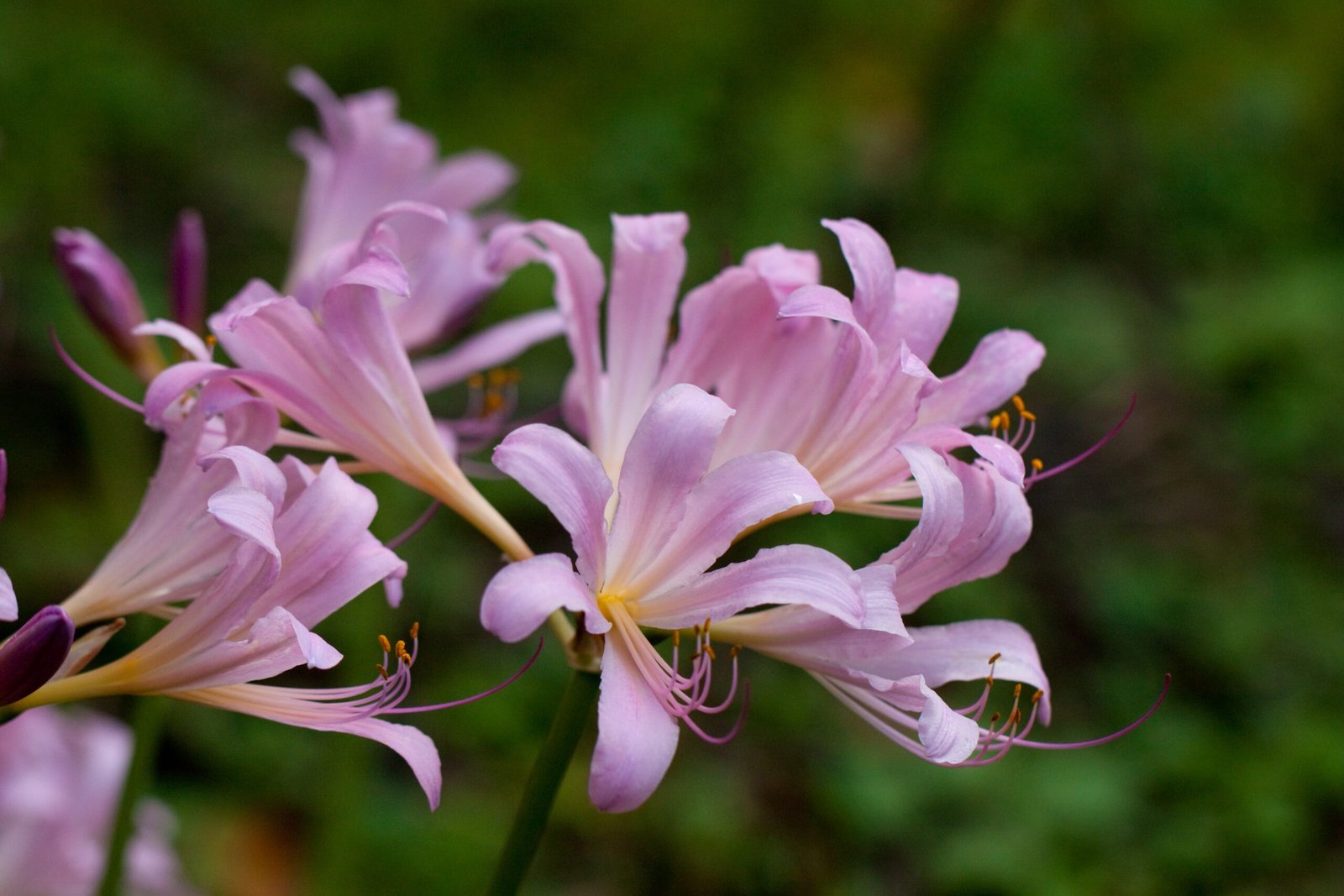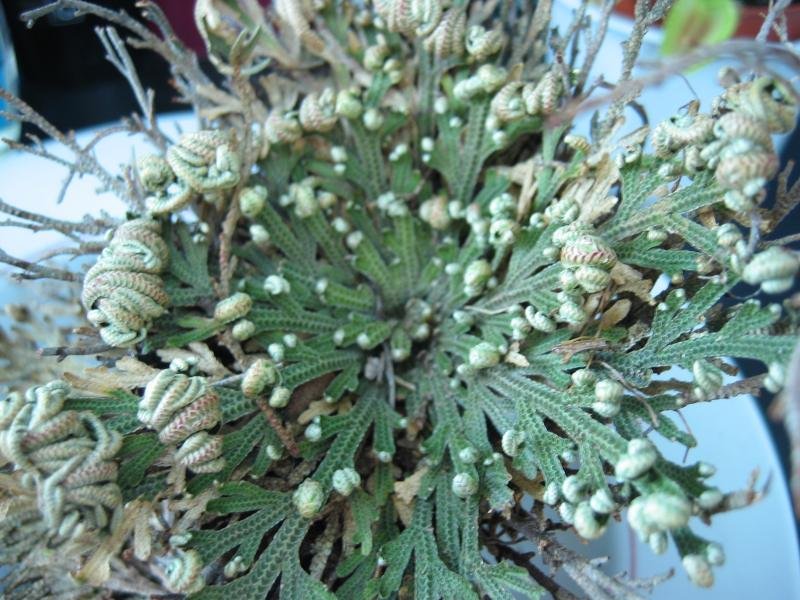Imagine a plant that appears to be withered and lifeless, only to spring back to life with the first drops of rain. This is not a scene from a fantasy novel, but a real-life phenomenon observed in nature. Known as “resurrection plants,” these remarkable species have captured the fascination of scientists and nature enthusiasts alike. Their ability to survive extreme dehydration and then revive themselves is a testament to the resilience and adaptability of life on Earth.
The Magic of Resurrection Plants

Resurrection plants are fascinating for their ability to withstand prolonged periods of drought. Found in arid regions across the globe, these species have evolved unique mechanisms to survive without water for months, sometimes even years. When water becomes available, they rehydrate and resume normal metabolic activities. This seemingly miraculous transformation has intrigued scientists, leading to extensive research on the genetic and biochemical processes behind their resilience.
Where They Thrive

These plants are typically found in harsh environments where water is scarce, such as deserts, rocky outcrops, and high-altitude regions. Their habitats are characterized by extreme temperature fluctuations and limited rainfall. By thriving in such conditions, resurrection plants play a crucial role in their ecosystems, providing food and shelter for various organisms and contributing to soil stabilization.
The Science Behind Survival

The secret to the survival of resurrection plants lies in their unique cellular structure and biochemical processes. During drought, they undergo a state of dormancy, drastically reducing their metabolic activity. Their cells produce protective proteins and sugars that prevent damage and preserve their structure. When water is reintroduced, these protective substances dissolve, allowing the cells to rehydrate and resume normal functions. This remarkable adaptability has sparked interest in potential applications for agriculture and biotechnology.
Notable Resurrection Species

There are several well-known resurrection plant species, each with its unique characteristics. The Rose of Jericho, for example, is a small desert plant that curls up into a tight ball during dry periods and unfurls when exposed to moisture. The Selaginella lepidophylla, commonly known as the “resurrection fern,” is another example, often found clinging to tree branches or rocks. These species demonstrate the diverse evolutionary strategies that have enabled them to survive in some of the planet’s most inhospitable environments.
Adaptations and Mechanisms

Resurrection plants have developed a range of adaptations to cope with dehydration. Their leaves often have thick, waxy coatings to reduce water loss, and their roots are highly efficient at absorbing moisture from the soil. Additionally, these plants can produce antioxidants to combat oxidative stress during periods of dormancy. These adaptations are a testament to the incredible versatility of life and its ability to overcome seemingly insurmountable challenges.
The Role of DNA and Genes

Recent studies have revealed that specific genes play a crucial role in the resurrection process. Scientists have identified a set of genes responsible for encoding proteins that protect cells from damage during dehydration. Understanding these genetic mechanisms could have significant implications for developing drought-resistant crops, offering a potential solution to food security challenges in a changing climate.
The Ecological Importance

Beyond their remarkable survival abilities, resurrection plants contribute to the ecological balance of their habitats. By stabilizing soil and providing habitat for small animals and insects, they play a vital role in maintaining biodiversity. Their presence also helps prevent soil erosion, a critical function in regions prone to desertification and land degradation.
Potential Applications in Agriculture

The study of resurrection plants holds promise for revolutionizing agriculture. By harnessing the genetic and biochemical traits of these plants, scientists aim to develop crops that can withstand drought conditions, ensuring food production in arid regions. This research has the potential to mitigate the impacts of climate change on agriculture and improve food security for millions of people worldwide.
Conservation Challenges

Despite their resilience, resurrection plants face threats from habitat loss and climate change. Human activities, such as land development and deforestation, have led to the destruction of their natural habitats. Additionally, changing precipitation patterns and rising temperatures pose significant challenges to their survival. Conservation efforts are essential to protect these unique species and preserve the ecological roles they play.
A Future of Possibilities

The study of resurrection plants opens up a world of possibilities for science and society. From enhancing our understanding of plant resilience to developing innovative solutions for agriculture, these remarkable species serve as a reminder of nature’s ingenuity. By exploring the mysteries of resurrection plants, we gain insights into the resilience of life and the potential for adaptation in the face of adversity.



